 1-800-805-5783
1-800-805-5783 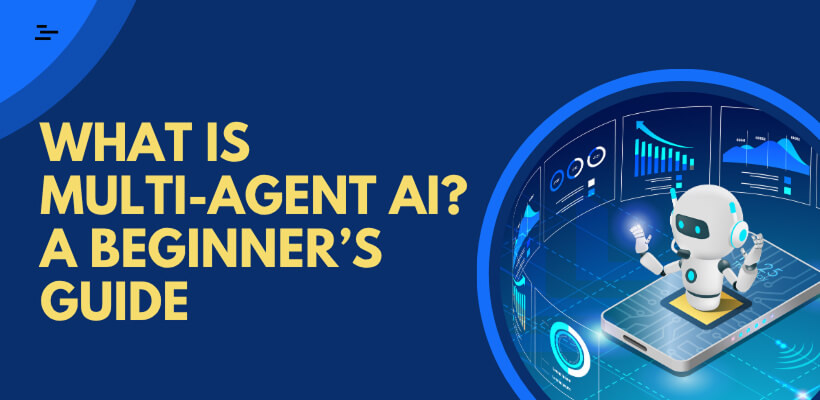
AI today isn’t about one system doing everything; it’s about multiple systems working together. In 2025, it’s about various agents, each with a task, working together. That’s multi-agent AI.
You don’t need to be a programmer to understand it. If you’re building tools, automating tasks, or managing teams, this guide will help you get started with multi-agent AI systems.
Multi-agent AI is a system comprising multiple intelligent agents that interact to solve problems or achieve goals. Each agent works independently but can collaborate with others. These agents might be bots, language models like ChatGPT, or even physical robots.
Instead of having one large AI model do everything, each agent is responsible for a specific task. Together, they function like a team in a multi-agent system in AI.
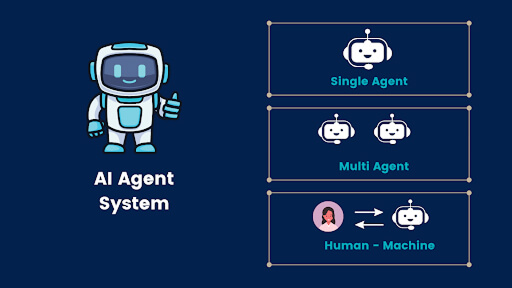
Think of a restaurant. You’ve got a chef, a waiter, a dishwasher, and a manager. Each plays a different role, but they all work together to serve customers. Multi-agent AI works the same way. Every agent does its part, and the whole system runs more smoothly.
Each agent can operate independently. It makes decisions, takes action, and doesn’t require micromanagement.
Agents exchange information through APIs, messages, or shared memory. This helps them coordinate tasks.
They split responsibilities, avoid conflicts, and align their goals. Think of it like dividing up a group project.
Not every agent does everything. Some handle specific tasks, like data scraping or user interaction.
Agents can be rule-based or powered by large language models (LLMs). They follow instructions, reason with context, and adapt as things change.
Let’s say you want to automate onboarding:
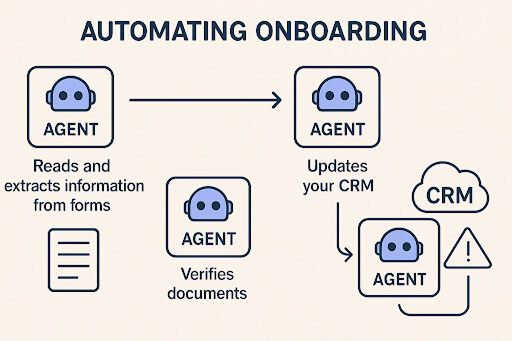
All of this occurs with minimal human intervention. The agents coordinate in real-time. This is the essence of multi-agent AI systems.
This isn’t theoretical; it’s happening right now in 2025.
Businesses run on hundreds of processes. One AI agent can’t handle everything anymore.
By splitting up tasks, agents can complete work more efficiently. You get results faster.
If one agent breaks, others take over. This builds resilience into your workflow.
Swap out one agent without disrupting the rest of your system.
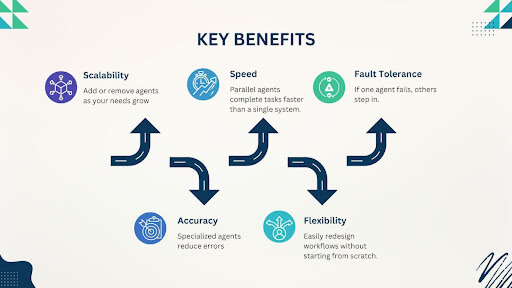
Together, they create a smoother shopping experience with multi-agent AI systems.
Multi-agent AI systems can reduce delays and improve care.
Banks save time and reduce fraud using multi-ai agent systems.
This coordination cuts downtime and improves quality through emergent behaviors in multi-agent systems.
Here are some multi-agent tools making waves in 2025:

These platforms help you move from idea to deployment faster and support the design of multi-agent AI systems.
“The future of AI isn’t solo agents doing tasks. It’s systems of agents collaborating on goals.” Andrew Ng, AI Researcher (2024)

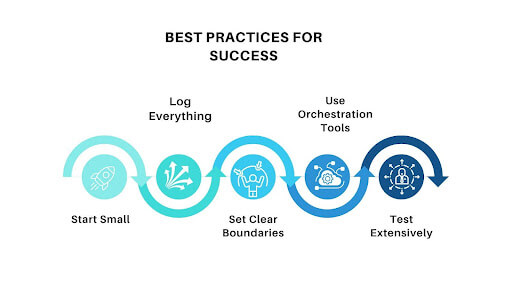
In the next few years, you’ll see agents handling:
As more businesses adopt this structure, multi-ai agent systems will become integral to your core workflows, rather than just being helpers.
And the best part? You don’t need to know everything about AI to start using it.
Start with one use case that creates value for your team or business. Define clear goals, then break the process into steps. Assign an agent to each role.
Next, choose a platform like CrewAI or LangGraph that allows you to plug in tools and define each agent’s capabilities easily. Build your setup, test it thoroughly, and iterate based on performance.
You’ll learn fast, and once it clicks, you’ll start spotting more areas to automate or improve with multi-agent AI. Whether it’s internal ops or external workflows, the possibilities multiply quickly once your first multi-ai agent is in place.
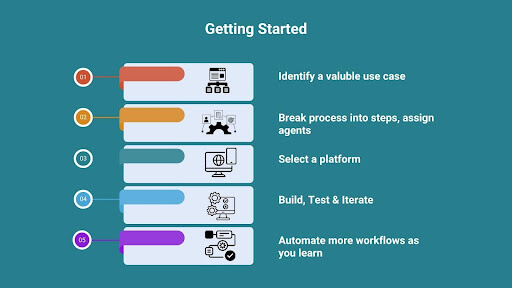
Multi-agent AI isn’t just a buzzword; it’s a decisive shift in how intelligent systems operate. From automation to decision-making, multi-agent AI is building resilient, scalable, and highly adaptive solutions across every industry.
Whether you’re exploring multi-agent systems in AI for automation, deploying multi-agent security technology, or just curious about emergent behaviors in multi-agent systems, this is the time to dive in.
Start small. Stay curious. The future is collaborative; it’s already here.
1. How is multi-agent AI different from traditional automation?
Traditional automation follows scripts. Multi-agent AI utilizes teams of systems that adapt and coordinate with one another.
2. Do I need to code to use these systems?
Not always. Tools like CrewAI and LangGraph offer visual or low-code interfaces.
3. What kind of projects work best with multi-agent AI?
Projects involving multiple steps, departments, or data sources, such as onboarding, customer support, or analysis.
4. How do I ensure agents don’t make wrong decisions?
Use guardrails, permissions, logs, and human review.
At [x]cube LABS, we craft intelligent AI agents that seamlessly integrate with your systems, enhancing efficiency and innovation:
Integrate our Agentic AI solutions to automate tasks, derive actionable insights, and deliver superior customer experiences effortlessly within your existing workflows.
For more information and to schedule a FREE demo, check out all our ready-to-deploy agents here.